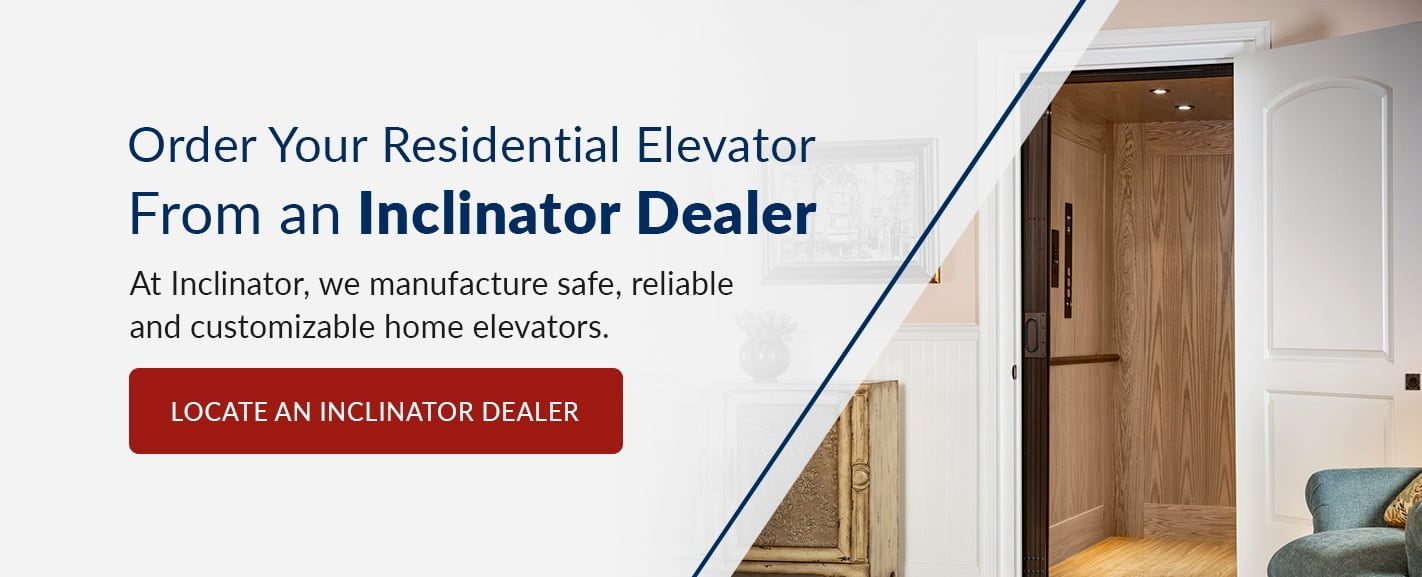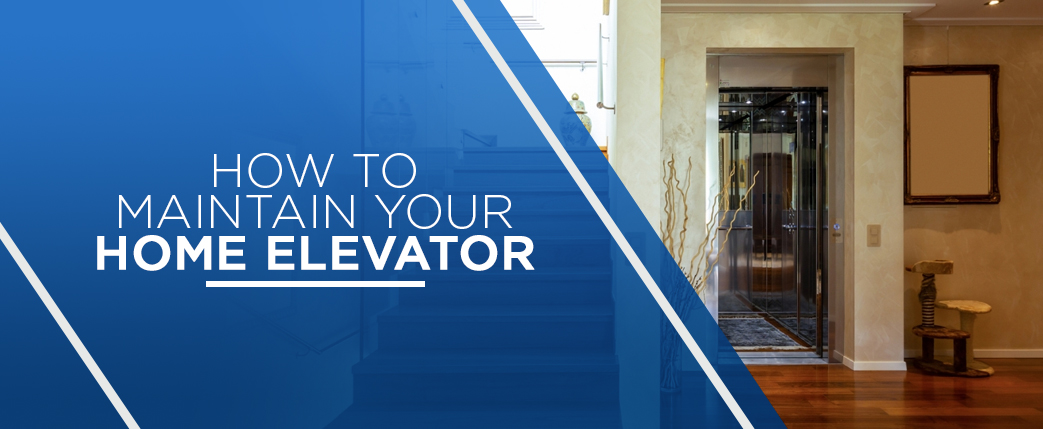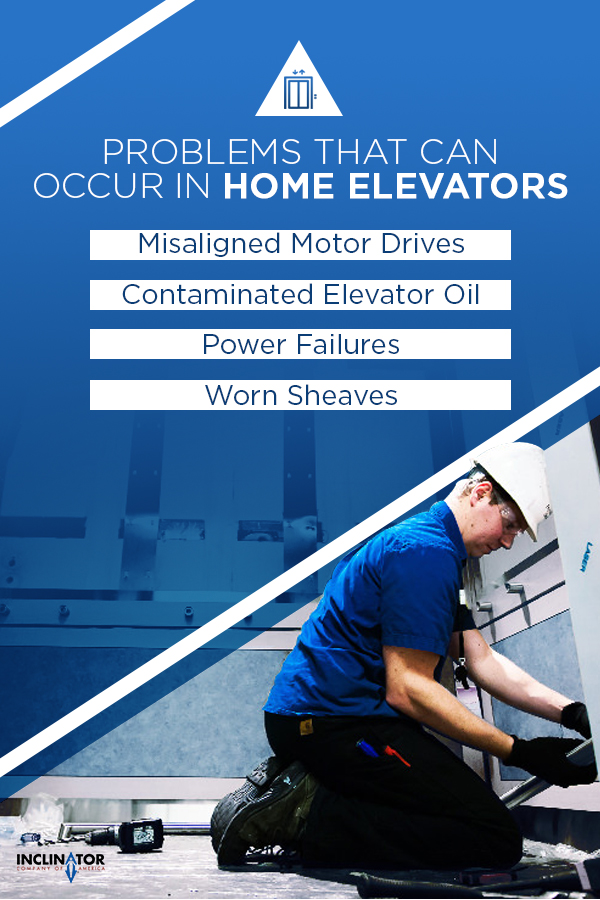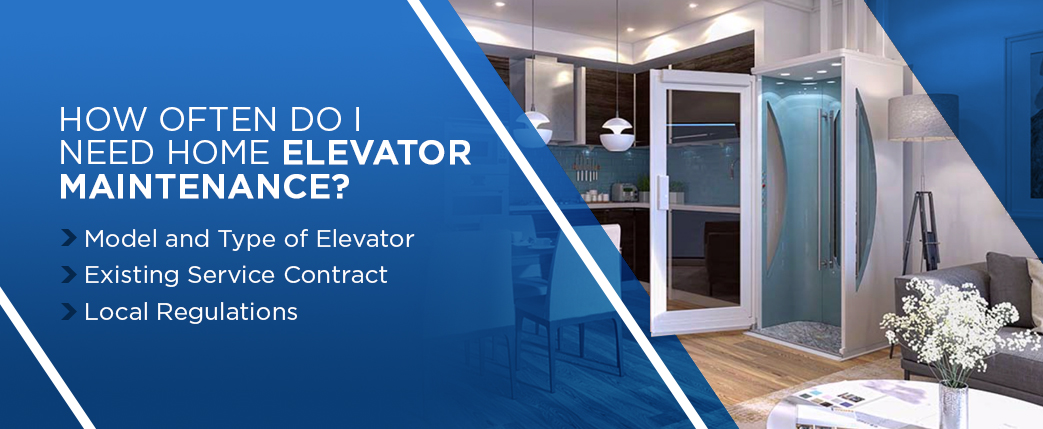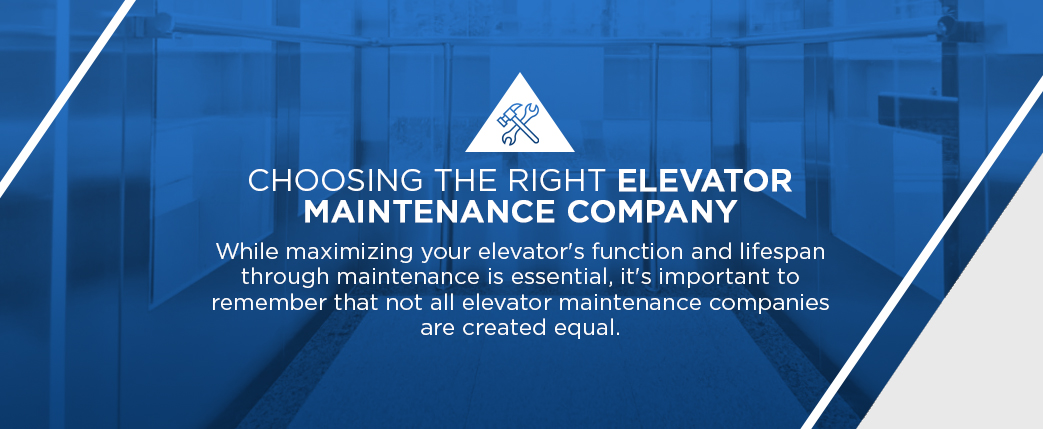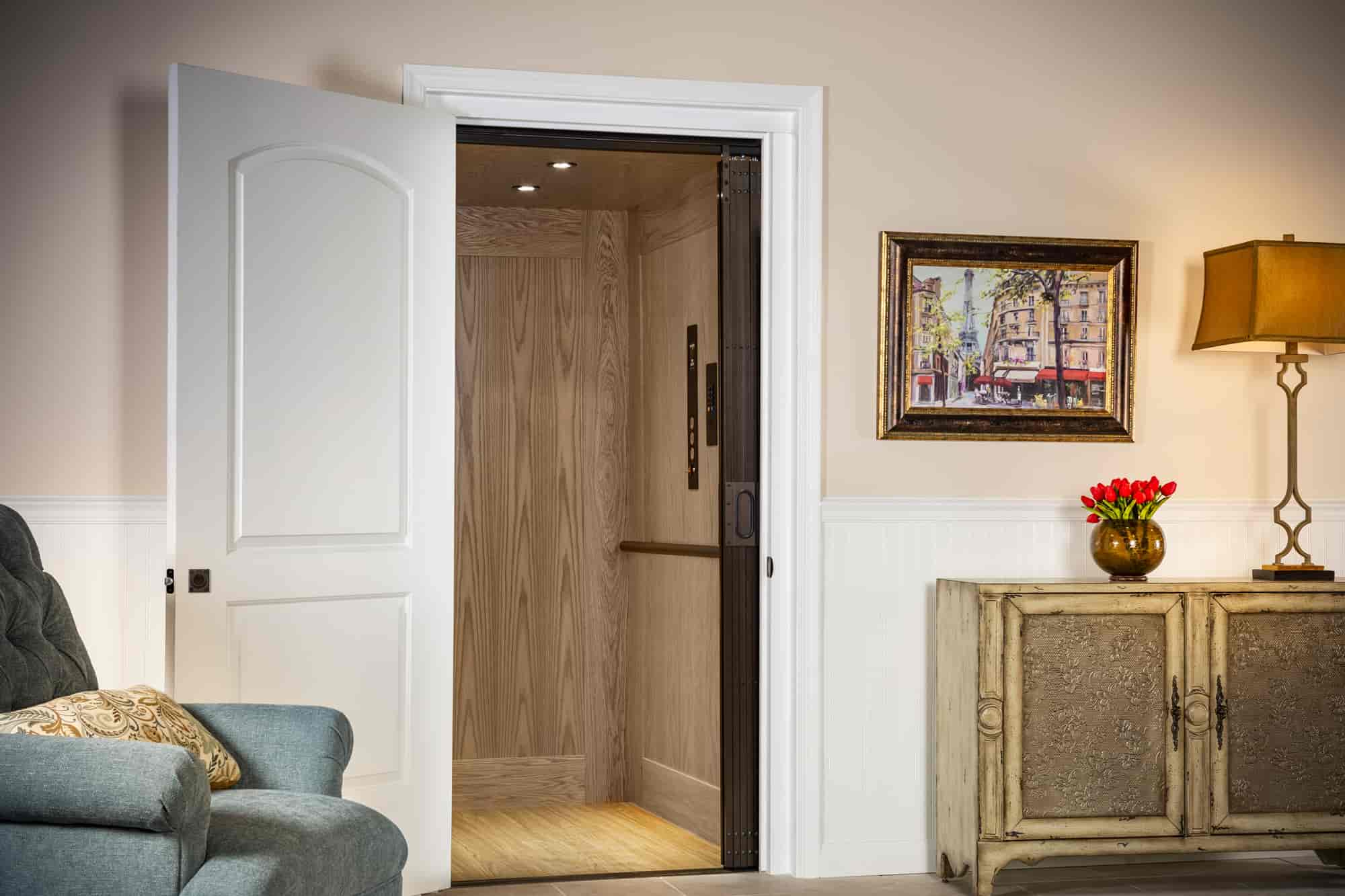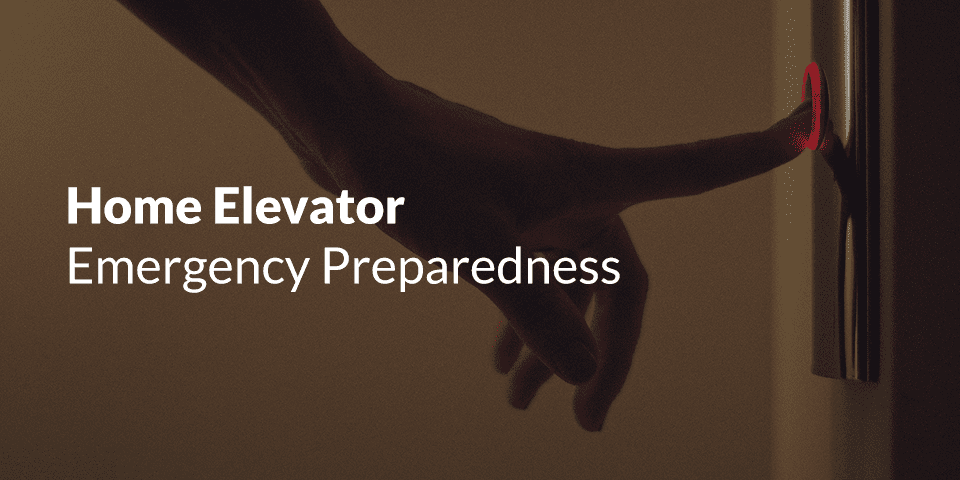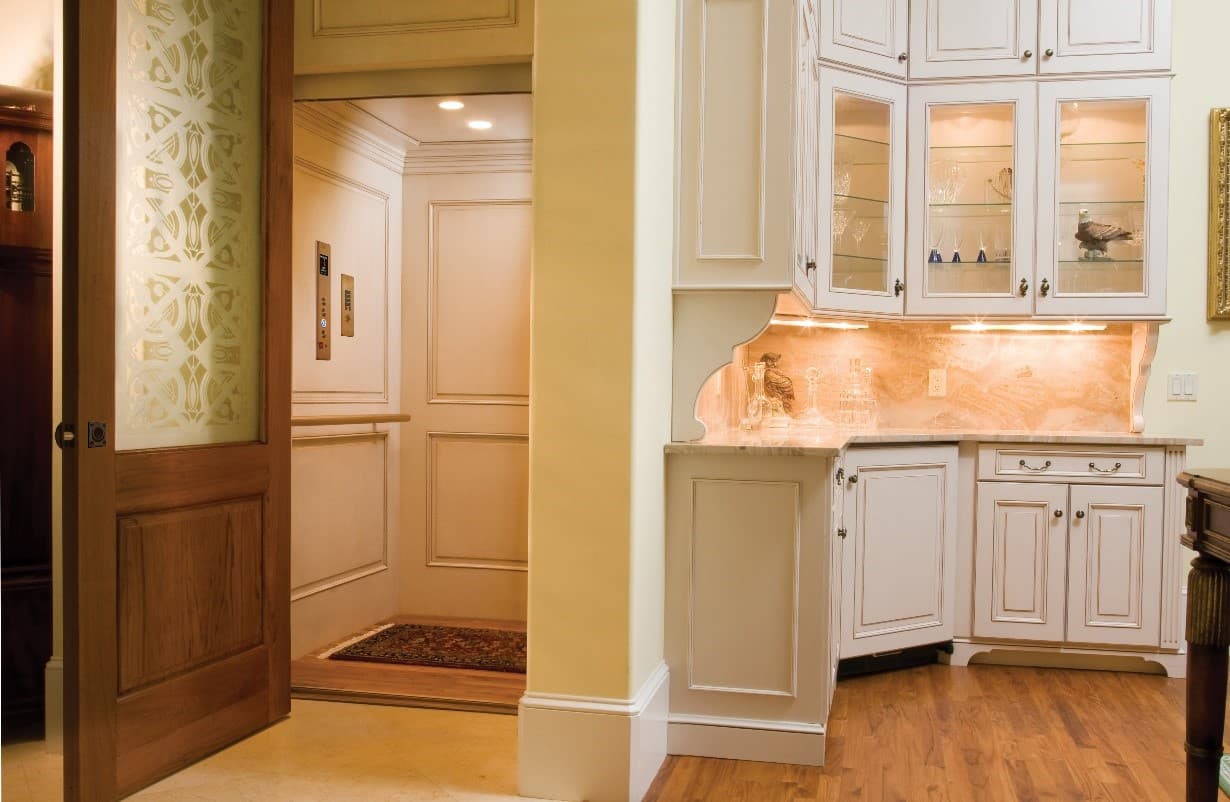Home elevators have been around for a long time, but in recent years, they’ve become an increasingly common and convenient way for people to enjoy mobility in their homes. If you’re considering installing a home elevator, you may be wondering about elevator safety. Perhaps you’ve heard from friends or family members that home elevators can be dangerous, or you just aren’t sure whether there are any hazards involved with operating an elevator in your home.
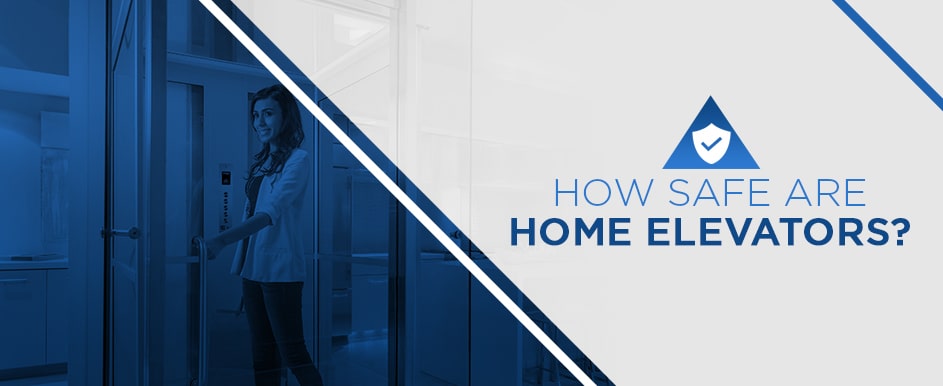
We’re going to explore this question and give you the answers you need to be informed on this issue and feel confident in your decision to equip your home with an elevator that is attractive, convenient and — most importantly — safe.
What Safety Codes Apply to Home Elevators?
Some standards and codes are meant to ensure all home elevators adhere to certain safety protocols. For example, elevator codes dictate the safe weight limit, speed, travel distance and safety features home elevator manufacturers should factor into their designs. You may be wondering who sets these standards.
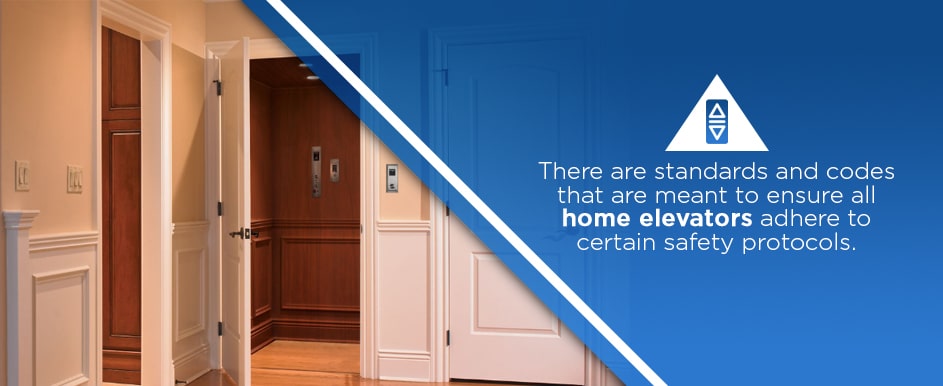
Two standard-setting bodies collaborate to create many of the codes that govern the engineering of all sorts of products, including home elevators. These standard-setting bodies are the American Society of Mechanical Engineers (ASME) and the American National Standards Institute (ANSI). The standard that applies to elevators is ASME ANSI A17.1/CSA B44-2016 National Safety Code for Elevators. Section 5.3 of this code applies specifically to private residence elevators.
As engineering experts become more aware of potential dangers and innovate new ways to make elevators even safer, the standards can be updated to require new safety features and design elements. The most recent update to the National Safety Code for Elevators came in 2016. This update was aimed at making elevators safer for small children by minimizing the space between the hoistway door and the elevator car door. The update also created a requirement that doors be able to withstand 75 pounds of force without warping or displacement to prevent small children from getting stuck between the doors.
In addition to the national safety codes that apply to all home elevators in the U.S., individual states may have their building codes that speak to the requirements for elevators. These codes may enforce more stringent requirements about the safety features a home elevator should include. So, if you’re building a home and including an elevator in it, you’ll need to make sure your elevator is up to code for your area.
Note that national and state standards for elevators apply to elevators that are being manufactured or installed. This means that older elevators in older homes likely won’t offer the same level of safety as newly manufactured home elevators. As we’ll see, the safety issues that have arisen from some home elevators would not be an issue for modern elevators that are equipped with all the required safety features.
At Inclinator, we ensure our products adhere to or exceed elevator safety codes. We stay on top of the latest industry trends and features to ensure our elevators are as reliable and safe as they come. Elevator safety will always be a top priority for us at Inclinator.
Why Do Some People Think Home Elevators Are Unsafe?
You may be wondering, if home elevators are manufactured according to carefully created safety standards, then why do some people believe they are dangerous? On the whole, home elevators have been very safe for a long time. However, one design flaw that some elevators contained up until recently caused a significant degree of concern, particularly for parents of small children.
The problem was the gap between the two doors used to access the elevator — the door at the landing and the door or gate on the elevator itself. This gap was hardly noticeable to adults, but for a small child, it was enough space to become trapped if they stepped into the space and the elevator was called to another floor and started to move. This problem sadly resulted in some injuries and even fatalities, which caused organizations like the U.S. Consumer Product Safety Commission (CPSC) and advocacy groups like the Safety Institute to point out the problem.
Though the most recent update to the National Safety Code for Elevators was focused on addressing this issue, many homes still contain elevators that were manufactured before 2016 and, therefore, may contain large enough gaps to be problematic for small children. The CPSC urges homeowners with residential elevators to have their elevators inspected by a professional who can recommend solutions to bring the elevator up to the current safety standards.
In summary, safety issues associated with home elevators have been largely limited to one design flaw that is present in older elevators. Modern elevators, such as the ones available from Inclinator, are safe for every member of your family, including children. If you have an older elevator, you may want to update it or replace it with a new home elevator that will offer all the modern safety features you need, along with design elements you’ll love.
Elevator Safety Features
Let’s look at some of the features that enhance the safety of modern elevators. All of these features are meant to head off any potential problems that could occur while someone is operating an elevator, such as a power outage, for example. As you’ll see, modern safety features help prevent the hazards involving small children as well.
With the following features built into your home elevator, you can be confident that your elevator is more than just convenient or attractive — it’s also safe. All of these elevator safety features are available with Inclinator home elevators.

1. Gates
One feature that all home elevators should have to maintain safety is a gate. These gates are attached to the elevator cab, meaning they travel with the cab wherever it goes. To enter your home elevator, you would open the door to the hoistway and then open the gate to access the elevator cab. Commercial elevators have a similar setup, but instead of a door and a gate, they have two sets of doors, one that opens into the hoistway and one that opens directly into the cab.
You may wonder, why not just enter the elevator directly through one door and leave out the gate? The reality is that gates are a necessary safety feature. Gates aren’t just there for looks. Your elevator can tell when a gate is open and closed, which keeps it from moving when someone is only partway into the cab. Your elevator will only operate if the gate is completely free of any obstruction and has been closed. This keeps elevator passengers safe
While gates are primarily there for safety and not looks, they can still add charm to your home elevator. Gates come in a couple of different styles. One traditional style is the accordion gate, which can be finished with a variety of materials. Another option is a collapsible scissor gate, which comes in various metal finishes.
2. Interlocks
Interlocks are another important way modern home elevators maintain safety. To understand what interlocks are, it’s helpful to look at the dangerous scenarios they prevent. Imagine someone were to open a door to their elevator on the ground floor, not realizing that the elevator is already in motion, descending from the second floor. Or, what if you open the door, and the elevator is stationed at a different landing in your house? In this case, you’d be opening the door to an empty elevator shaft.
Either of these situations could be dangerous, but you never have to worry about them occurring when your elevators are equipped with interlocks. Interlocks keep you from opening a door to your elevator when the elevator isn’t stationed securely at that landing. In other words, your elevator doors will remain locked whenever the elevator is in motion or at a different landing. This keeps you from opening the door and encountering a dangerous situation.
How do the locks know whether the elevator is present or not? Interlocks are comprised of two components, a lock and a keeper bracket, which need to be connected for the door to open. If they are disconnected, the door will remain closed. These components connect mechanically, electrically or both.
3. Lighting and Indicators
Home elevators must have sufficient lighting so that you can see where you’re going at all times. This lighting can help prevent trips, slips and falls that could cause injury. At Inclinator, all of our home elevators have two bright, low-temperature LED ceiling lights that turn whenever the door opens or the elevator is running. We also offer upgrades to our standard lighting setup.
Our elevators also feature operating panels with illuminated floor indicators. There is a panel in the cab and one at each landing near the elevator door. On the panel in the cab, there is an overrun switch that you can use to turn off your elevator if needed.
4. Backup Power
A power outage could prove dangerous without the proper safety features. Since home elevators operate using electricity, a sudden loss of power when you’re riding in an elevator could mean getting stuck in the elevator cab, which is a situation no one wants to experience. The good news is that you won’t have to worry about this scenario with modern home elevators.
That’s because of an important safety feature — backup battery power. In the event of an electrical outage, your backup battery power will kick in and safely move the elevator to the lowest landing. If you lose power because of a storm, this is a helpful feature since you’ll typically want to seek shelter in the lowest level of your home.
You also won’t have to worry about suddenly finding yourself in the dark in your elevator if the power goes out. Another safety feature intended for outages is emergency lighting.
5. Handrails
One safety feature that doesn’t need to be high-tech is a handrail. Handrails may be simple features, but they play an important role in making home elevators safe.
Handrails give you something to grip if you ever feel unsteady and need some assistance to maintain or regain your stability. This feature can be especially helpful for senior citizens or anyone with balance or mobility challenges. Home elevators from Inclinator come complete with either flat wooden handrails finished to match the color of the cab walls or round handrails in a sleek, sophisticated metal finish.
6. Emergency Bells and Phones
If an emergency, such as a health crisis, injury or other problem, occurs while you’re in your elevator, you may need a way to call for help. Emergency bells and in-elevator telephones can provide this vital capability.
An emergency bell can help family or emergency personnel locate you if you’re ever in the midst of an emergency and are in or near your elevator. This alarm must be easy to find and use.
An optional feature you can add to your home elevator is a telephone. Elevator phones are also considered a safety feature since they provide a way for you to call for help in an emergency. This phone features a flush-mounted speakerphone, an easy-to-operate manual dialer and two-way conversation. If your home is equipped with an analog telephone line, then including a phone in your elevator is simple. If you don’t carry a cell phone with you and prefer to have a landline telephone placed conveniently in your elevator, these phones are a great option.
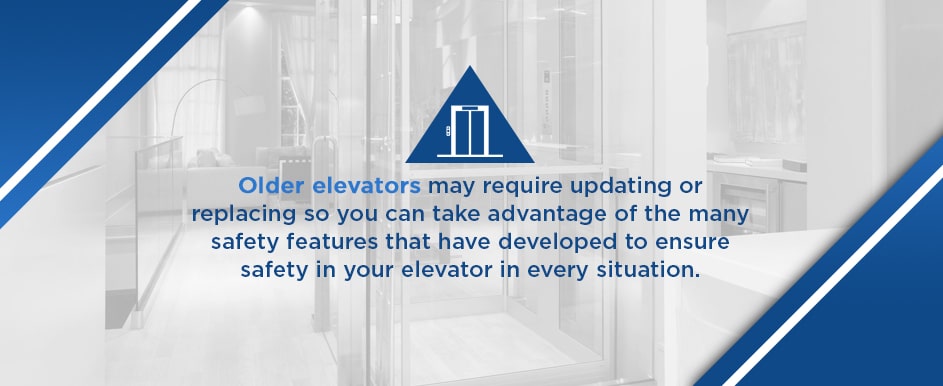
The Final Verdict
So, considering what we’ve learned, are home elevators safe? The answer is yes, modern home elevators are very safe. With national safety codes, local building codes and extra safety measures, home elevators today are designed to ensure a high level of safety.
Older elevators may require updating or replacing so you can take advantage of the many safety features that have been developed to ensure safety in your elevator in every situation. Even if you have small children or grandchildren, you can rest easy knowing your home elevator will never put them in danger.
Safe Home Elevators From Inclinator Company of America
For nearly a century, Inclinator has been a pioneer in the world of home elevators and has embraced advances in technology, particularly regarding safety. Our elevators adhere to all safety codes and standards. In addition to being safe, our home elevators are sophisticated, convenient and customizable. If you’ve been considering installing a residential elevator in your home, you can now move forward with confidence in your decision, knowing that your home elevator will enhance your mobility without posing any safety issues.
To get started, find an Inclinator dealer near you. Our dealers can answer your questions and help you determine the best home elevator style, system and features for you and your home.

